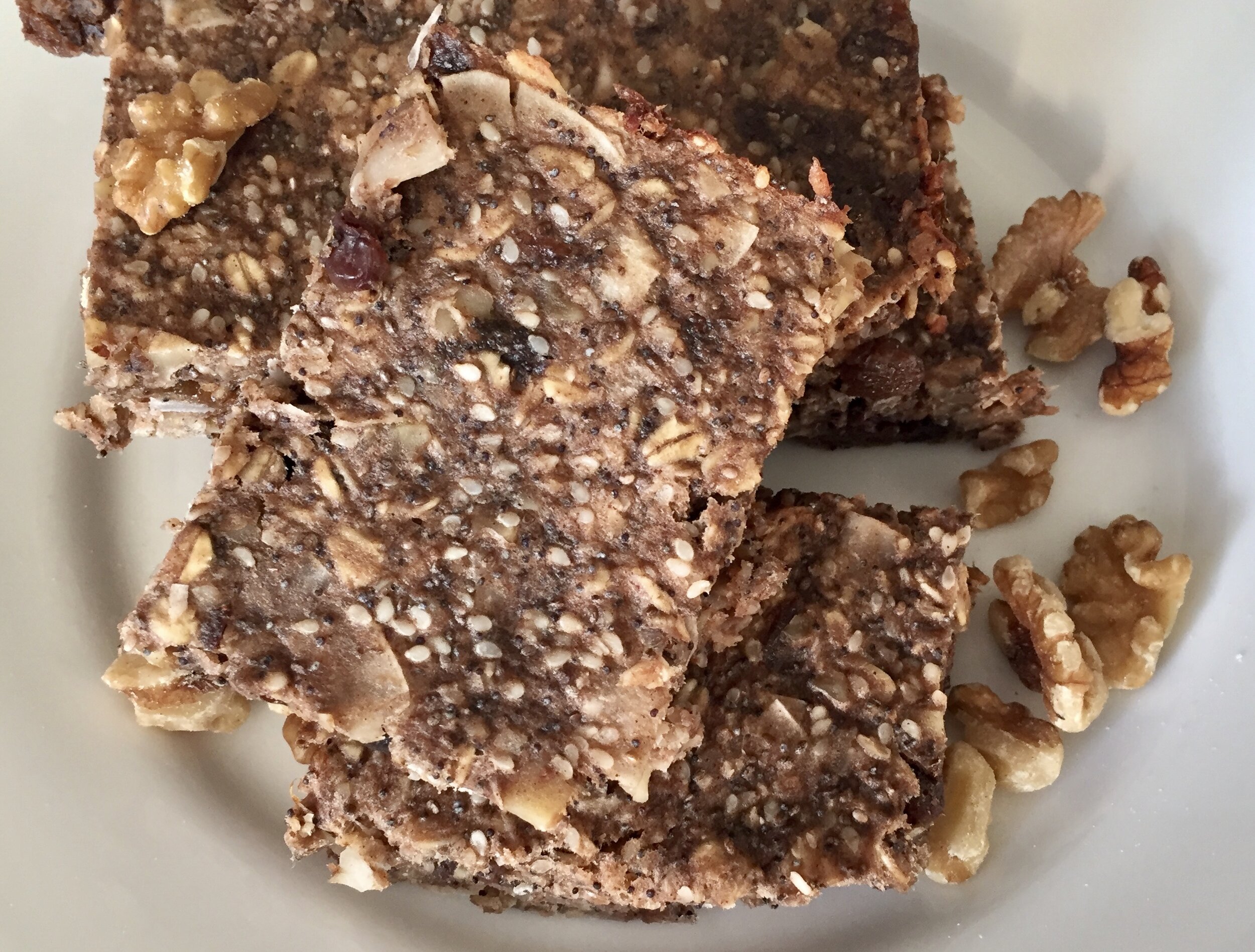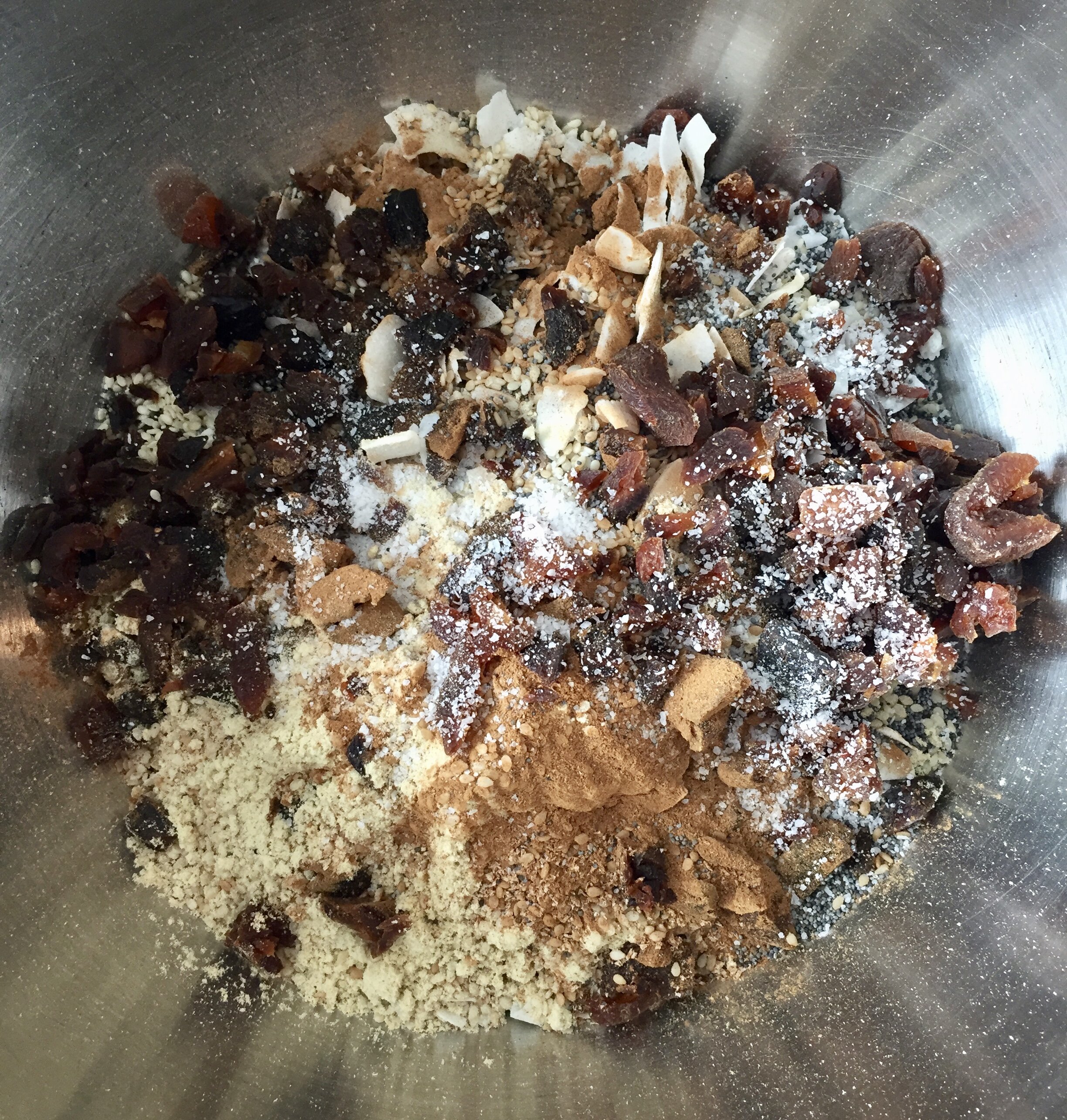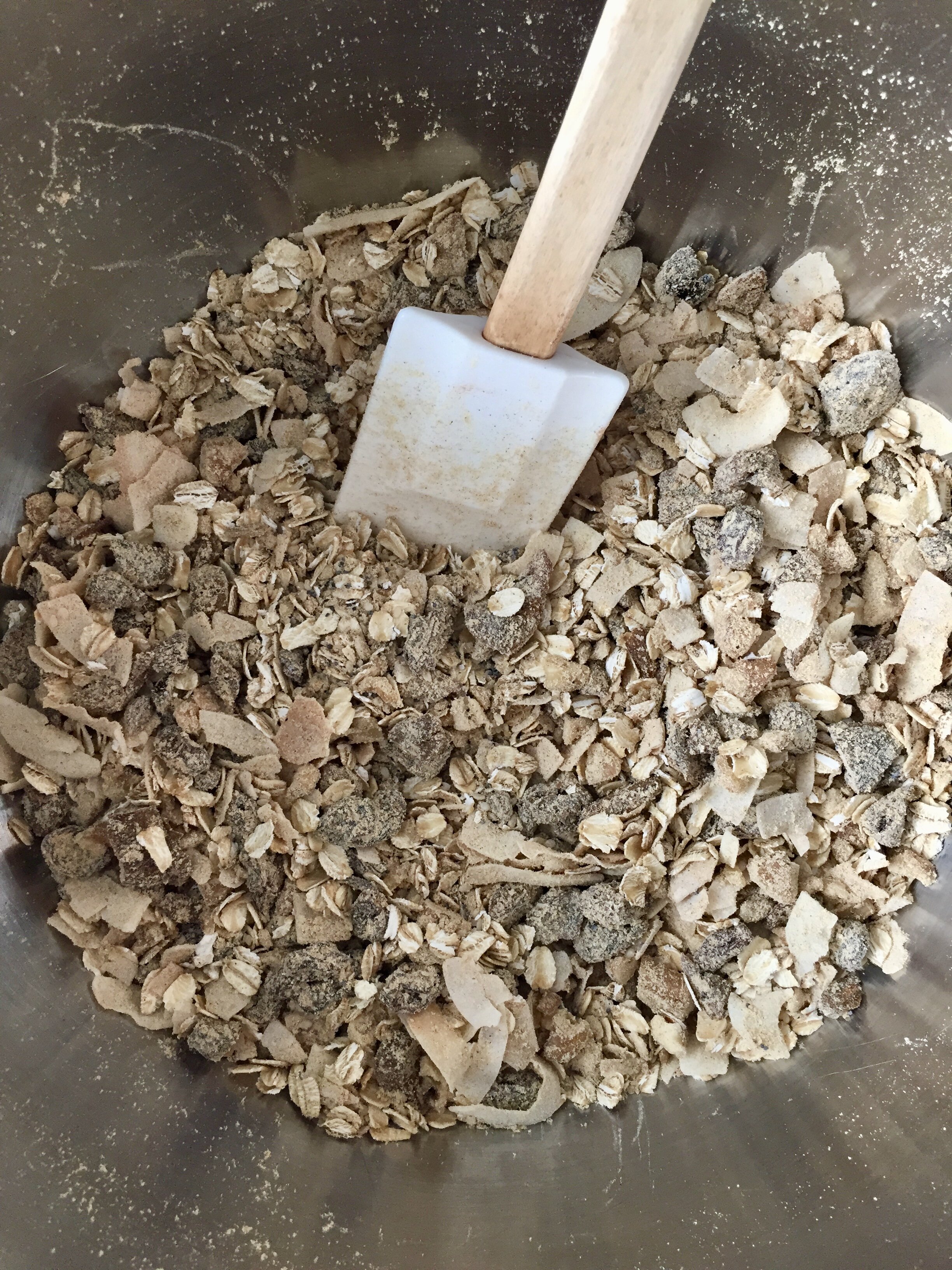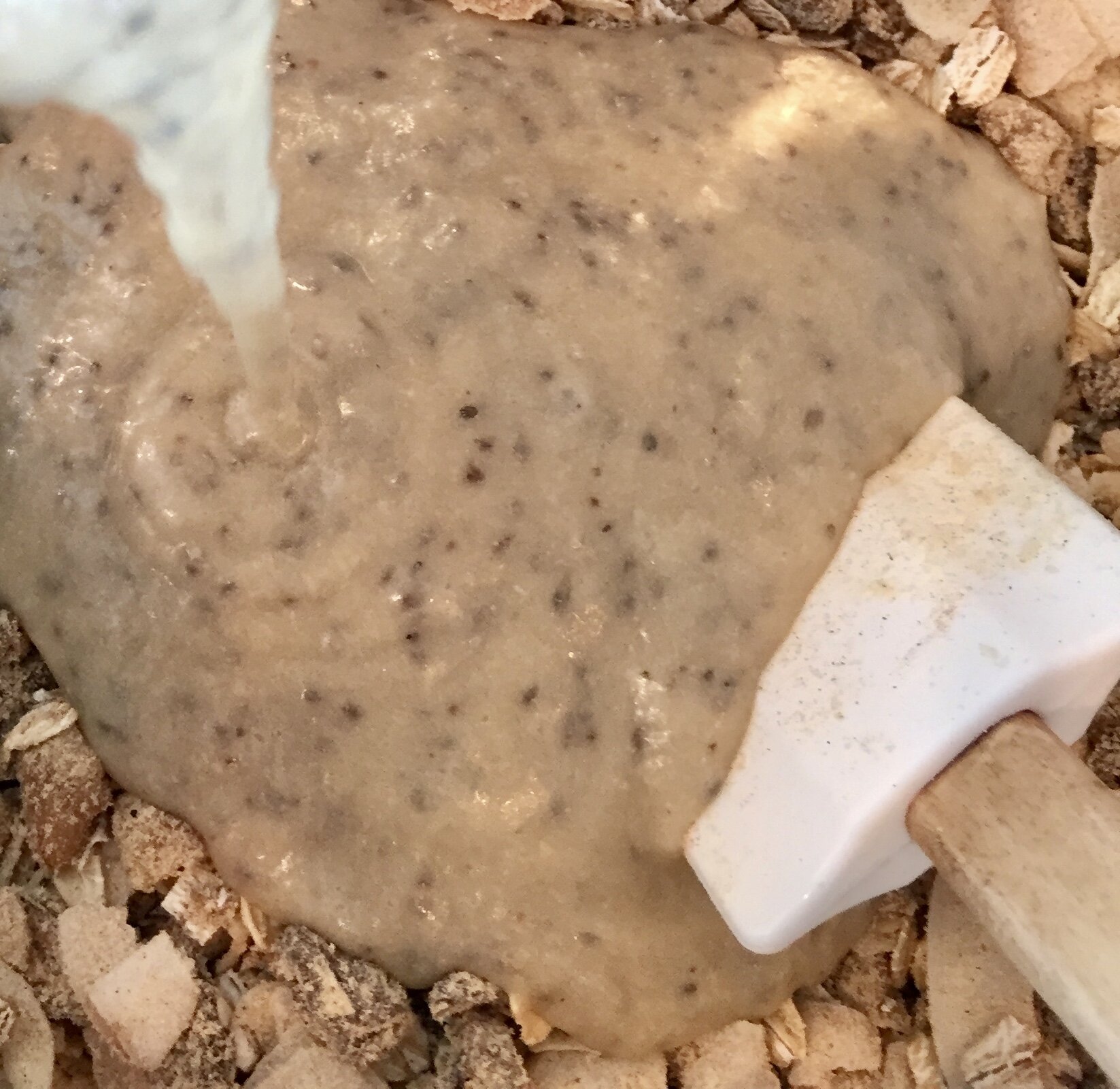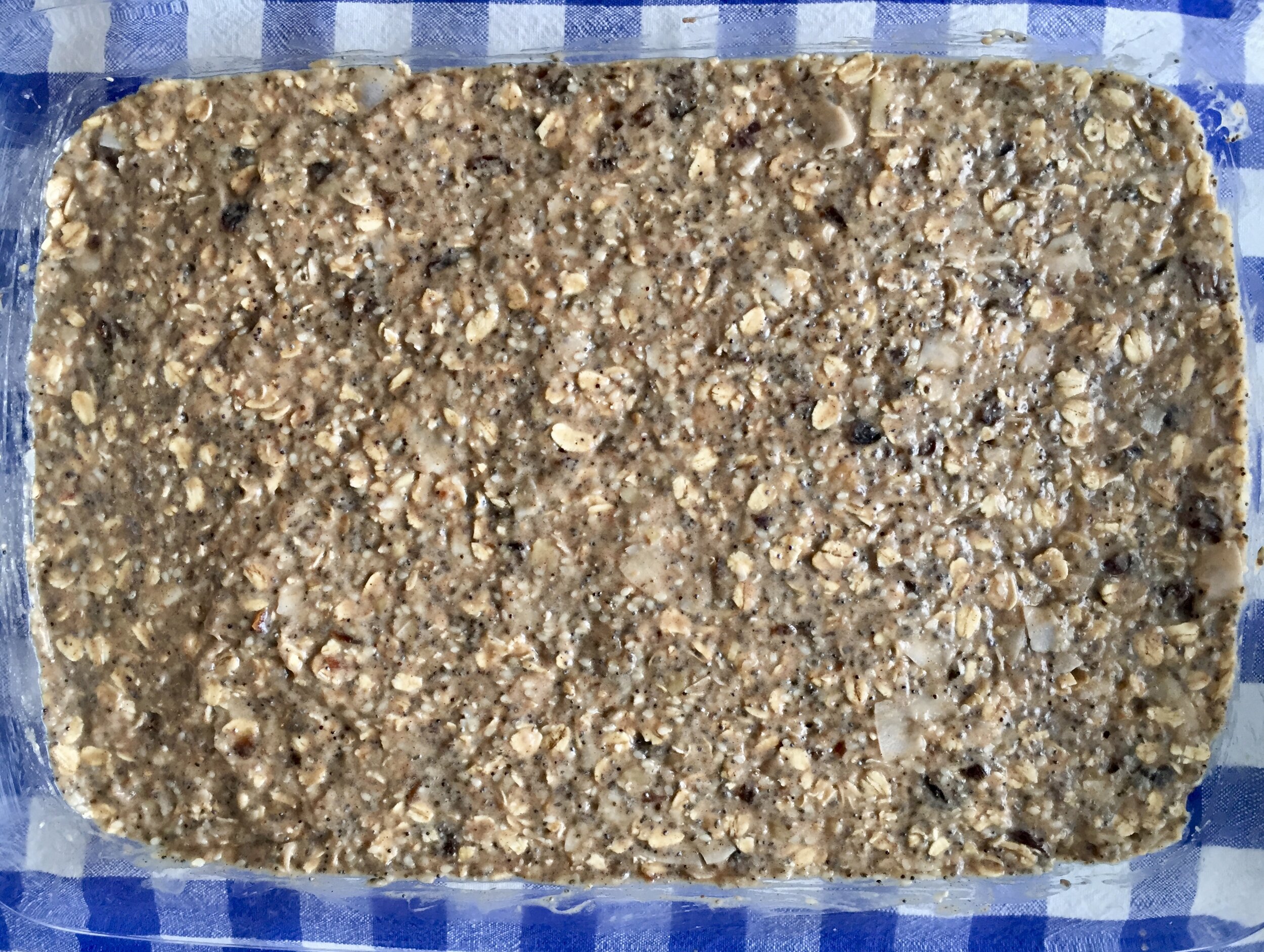Routines that keep us safe: breakfast bars
In kindergarten, I must have drawn 100 rainbows. The cherry marker came first with an upside down U. Then orange and lemon and mint. Each line the width of the marker tip. Sometimes I puffed blueberry clouds around the rainbow’s ends. Sometimes I sheltered my stick family under its arch.
The smelly markers came in 12 colors. I usually relied on eight for my rainbows: ROYGBIV + green apple. I’d learned to define a rainbow by ROYGBIV, so I’d learned to see only ROYGBIV. But my sight isn’t objective reality. The color spectrum filters through my brain, and my brain filters through my culture. That means a person who grew up speaking Mandarin sees a different rainbow than my English-rainbow. This is part of what makes learning a new language or living in a new culture so lifegiving. We get fresh eyes.
Most of us have heard of autism. And most of us haven’t heard of allism. Because our society is mostly living in the dark ages when it comes to neurodiversity. Basically, the more humans learn about brains, the more we see that there’s a spectrum for how brains process.
On one end of the spectrum, we have autism at its most extreme. Some folks—for example—might have difficulty tying their shoes, but they might be able to tell you instantly what day of the week January 24, 1709 was. On the other end of the spectrum, we have allism at its most extreme. Some folks—for example—might have difficulty focusing on anything for more than a few seconds, but they might be able to tie their shoes.
Most people fall somewhere between.
When I married Jonathan almost eight years ago, I thought we spoke the same language. And in many ways, we do. But in some ways, we don’t. Jonathan identifies as further on the autism side of the spectrum, and I identify as further on the allistic side of the spectrum. So sometimes it feels like we’re different species trying to communicate across the gap.
But have you ever lived with a different species? The vast majority of the time, it’s the best. A desk becomes a cat fort. A bird’s flight is suddenly more engaging than it’s ever been. Sure, there are times when I wish the cat in our family, Evie, understood when I asked her not to scratch the couch. But what a small price to pay for fresh eyes.
And fresh eyes help me learn new tricks. Like routines. Routines that keep us safe.
Jonathan values routines more than most people I know. They help him feel prepared. They ease anxiety. In a world that runs on allism, a routine minimizes unpredictability. And when routines change, it can be scary.
So we eat the same breakfast and lunch every day. It’s two fewer things to think about, decide, prepare. It’s two parts of the day that we can predict.
Lunch is apples and peanut butter. Carrots and hummus. There’s really no recipe to share. But breakfast is oats and nuts and seeds and coconut and dried fruit combined into a bar that fills us up for the whole morning. They’re perfect warmed in the microwave for 30 seconds, but they taste almost as good at room temp in the car. We take them hiking. We pack them in our carry-on when we travel (remember when we traveled!). They smell like a cinnamon-y, banana-y oatmeal cookie, and lots of airport security personnel have asked for the recipe as they search our bags for what they can only imagine must be drugs. Do drugs (the kind we’ve defined as illegal that is) look like breakfast bars? They must. Because we get searched every time we bring them.
But the routines still help us feel safe.
Servings: 10 Time: 40 minutes active + 30 minutes baking Via: Adapted from My New Roots
We cut these into 10 bars with a slightly off-center midline because Jonathan likes larger breakfast bars than I do. We store them in airtight containers in the fridge or freezer. And when we microwave our bars in the morning, we make sure there’s a glass of water in the microwave too, so the bar doesn’t dry out.
Ripe bananas full of brown spots are critical here. Otherwise, the bars get tough and taste a bit bland. We buy bananas a week in advance to make sure they’re ripe enough.
2 tablespoons chia seeds
6 tablespoons water
1 1/2 cups rolled oats
3/4 cup walnuts, chopped
3/4 cup dried apricots (or dried mixed berries), chopped
1/2 cup raisins
1 cup coconut flakes
1/2 cup vanilla protein powder (I use this kind)
1/4 cup sesame seeds
2 tablespoons poppy seeds
2 heaped teaspoons cinnamon
A few sweeps of fresh nutmeg, grated (optional)
1/2 teaspoon kosher salt
4 ripe bananas
1/4 cup coconut oil
3 tablespoons maple syrup
2 teaspoons vanilla extract
In a small bowl, mix the chia seeds and water together. Set aside and let the mixture gelatinize.
In a large bowl, combine the dry ingredients: oats, walnuts, apricots, raisins, coconut flakes, protein powder, sesame seeds, poppy seeds, cinnamon, nutmeg, and salt.
Preheat oven to 350 degrees F.
Mix the dry ingredients together with a spatula.
In a blender, combine the bananas, coconut oil, maple syrup, and vanilla extract. Blend until smooth.
Add the chia seed gel to the blender and pulse for a couple of seconds until incorporated (see photo above for consistency).
Pour the wet ingredients over the dry ingredients and stir with a spatula until everything is mixed.
Spread the batter evenly in a 9x13 baking dish (e.g., Pyrex) and smooth the top with the spatula.
Bake for 30 minutes—until golden brown.
Let cool and then cut into bars.

